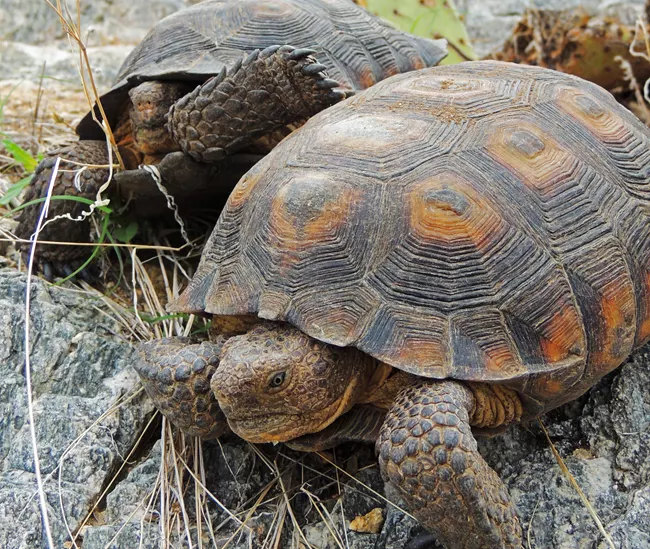After decades of population growth, driven directly and indirectly from immigration, Arizona’s biodiversity is in rapid decline — mostly because of habitat loss and fragmentation. By far the most habitat loss has taken place in the desert biomes around the sprawling cities of Phoenix and Tucson. However, 200 miles southeast of Phoenix, the San Pedro River provides another example of how fragile Arizona’s ecosystems can be to human impacts.
The San Pedro River corridor is a biodiversity hotspot, partially protected as a Riparian National Conservation Area (57,000 acres). It is home to multiple endangered species, including the yellow-billed cuckoo (shown below), the southwestern willow flycatcher, and the desert pupfish. In 2022, the San Pedro was also listed as one of the ten most endangered rivers in America.

Unfortunately, excessive groundwater withdrawals are drying out forests and wetlands along the San Pedro River corridor. The largest users of groundwater in the area are Fort Huachuca military base and the expanding community of Sierra Vista. According to a recent article in the Arizona Republican, “the San Pedro is being sucked dry” by growing numbers of thirsty people.
Four years ago, NumbersUSA published our study Population Growth and the Diminishing Natural State of Arizona. In it, we documented that Arizona’s rapid population growth …

… had driven almost all (93%) of the state’s sprawling development during the previous three and a half decades …

… and that this, in turn, had led to huge amounts of habitat paved and built over (more than 1600 square miles lost):

Two thirds of Arizona’s population growth between 1982 and 2017 was due to immigration into the state, both internationally and from Californians fleeing crowding and the high the cost of living.
Population growth in Arizona has proven markedly harmful to biodiversity. Its primary impacts include:
Habitat loss and fragmentation: Urban, suburban, and infrastructure development has destroyed desert, grassland and riparian habitats, isolating wildlife populations.
Water withdrawals: Increased municipal, agricultural and recreational water use has reduced flows in rivers and wetlands, harming fish, amphibians, birds, and riparian plants.
Invasive species: Through landscape alterations, Arizona’s growing population has spread invasive plants (e.g., buffelgrass) and animals that have displaced native species.
Arizona ranks #9 among U.S. states in the number of plant and animal species considered endangered or threatened with extinction (including the Arizona Desert Tortoise below). Of the 69 federally listed species in the state, approximately 23 are Arizona endemics (their entire global range is in Arizona). If these species vanish from Arizona, they are gone globally — forever.

Arizona’s rapid population growth in recent decades (a 4.2 million increase from 1982 to 2017) is manifesting in unrelenting and irreversible ways. The state’s population now stands at 7.6 million people. With climate change threatening to decrease available water resources, the time to pull back on rapid population growth in the desert is now.
While Arizona’s arid ecosystems are especially sensitive to human impacts, population growth continues to drive biodiversity loss across America. Until current high immigration rates are reduced, population growth will continue to degrade landscapes in Arizona and elsewhere across the U.S.
National political leaders need to stop fueling urban sprawl with immigration-driven population growth. Congress should pass the Accountability Through Electronic Verification Act (S. 1151) / Legal Workforce Act (H.R. 251) which mandates use of the federal E-Verify system to root out unauthorized job seekers, and the Nuclear Family Priority Act (S. 1328 / H.R. 2705) which limits family migration sponsorship to spouses and minor children.